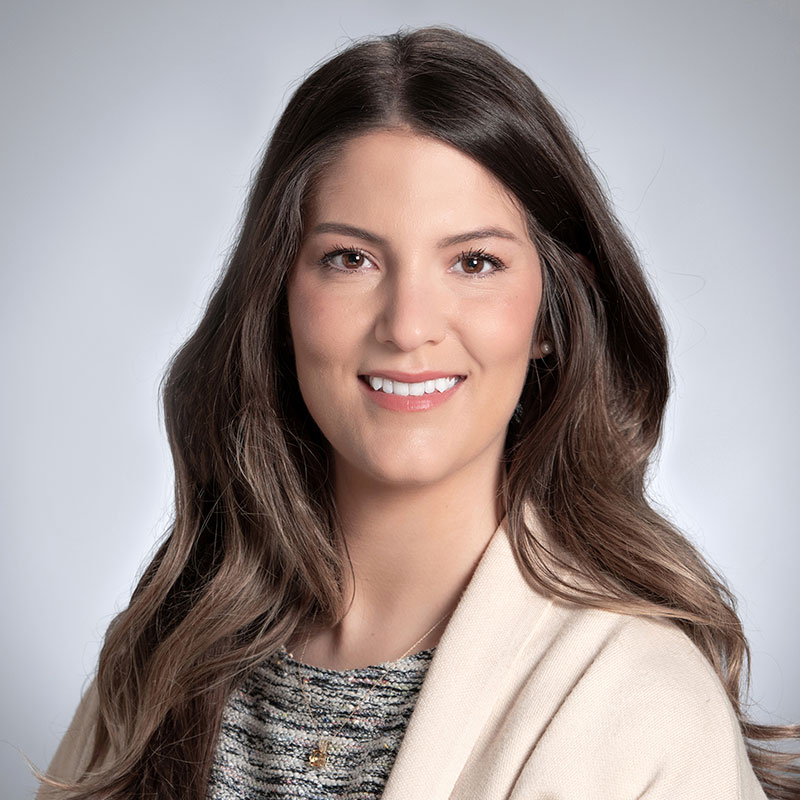 Sarah Beth Spraberry’s interest in vision rehabilitation began during her time as a UAB MSOT student. After graduating from that program in 2015 and earning her OTR/L credential, she began her occupational therapy career in acute care and inpatient rehabilitation. Yet, she always knew that her future focus would be low vision.
Sarah Beth Spraberry’s interest in vision rehabilitation began during her time as a UAB MSOT student. After graduating from that program in 2015 and earning her OTR/L credential, she began her occupational therapy career in acute care and inpatient rehabilitation. Yet, she always knew that her future focus would be low vision.
She returned to UAB in 2020 to enroll in its Low Vision Rehabilitation Graduate Certificate program (LVRGCP). The COVID-19 pandemic was raging, and Spraberry was hearing increasing reports of visual problems from patients with the virus. Through the LVRGCP, she was able to tap into a network of occupational therapists to discuss this then-unknown effect of COVID on the eyes.
“Patients talked about blurring of vision and other visual issues,” she says. “It was awesome to be able to communicate with others who were interested in low vision and seeing similar problems.”
After graduating from the LVRGCP in 2023, Spraberry joined UAB’s Department of Occupational Therapy as an assistant professor, and now spends much of her time working with patients at the UAB Center for Low Vision Rehabilitation.
Until Spraberry’s addition, Jason Vice, PhD, OTR/L, SCLV, assistant professor of occupational therapy, had been the center’s only occupational therapist, a role he fulfilled alongside his significant teaching responsibilities and research efforts. Now, their combined efforts allow the center to offer occupational therapy services to low vision patients 5 days a week.
It’s a career Spraberry loves, and one that kindles her imagination.
“I’ve always wanted to implement my personality and creativity in my work, and working in low vision allows me to be the most creative I can be as an OT,” she says. “I want to practice at the top of my license, and it’s exciting that I can do that in a low vision setting.”
New Outlets for Low Vision Skills
Spraberry also works with patients in UAB’s amyotrophic lateral sclerosis (ALS) clinic. There, she has translated her low vision expertise into tools and education that help patients with fatigue and motor symptoms continue their occupations.
“I’ve adapted cell phones for people with ALS so they can use voice commands and OCR [optical character recognition],” she says. “It’s a huge way to increase people’s ability to participate in daily activities.”
Spraberry’s new role, which in the fall will include assisting with low vision labs, coincides with another personal milestone—motherhood. Her daughter Mary Nell is now 4 months old, and becoming a mother has given Spraberry another outlet for her low vision knowledge.
“I check her vision, and we have high-contrast playtime,” she says. “I think many people who do the low vision certification understand the wide variety of occupations that the training can assist with and just how exciting it is to help people get back to doing the things that really matter to them.”